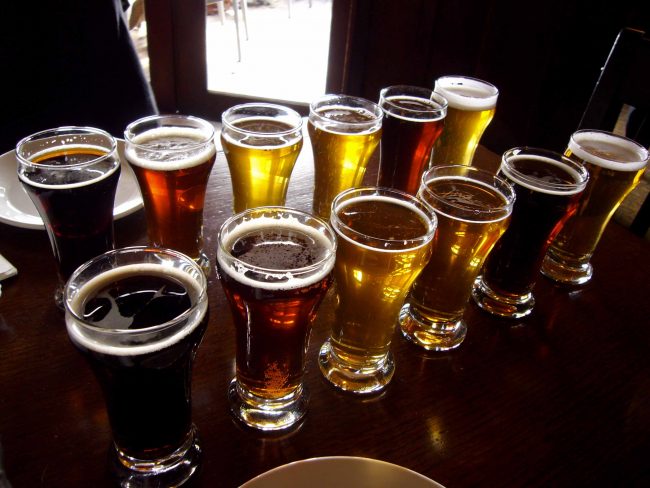Beer is one of the oldest drinks in the world whose invention, according to some studies, might coincide with that of bread. In fact, there were traces found in Mesopotamia dating back to 3500 BC.
Since it’s an alcoholic drink you must not exceed its consumption (the OMS recommends no more than 33 cl per day) but several studies conducted by European and American universities have confirmed that beer has many beneficial properties for the body.
Drinking alcohol before sports is a bad idea because it forces the stomach to do extra work, but the low alcohol content of beer has positive effects.
The bicycle and beer combination is therefore possible!
Let’s see what benefits it brings to our body the consumption of beer in the recommended doses.
1- Increases the density of the bones
The high silicon content of dark beer helps the muscles and bones to connect and increases the bone density. So moderate consumption of dark beer helps to prevent osteoporosis.
2- Increase cholesterol levels
Beer consumption favors the presence of HDL cholesterol (“good” cholesterol) inside the body, reducing the risk of cardiovascular disease. It has been tested by over 100 studies.
3- It can reduce the risk of diabetes
American researchers have found that those who drink up to 30 cl of beer a day run less risk to contracting Type 2 diabetes.
4- It can prevent kidney stones
Beer is made for 85% of water which makes it a drink with significant diuretic effects. This feature helps the kidneys work in the right way, reducing the risk of diseases such as kidney stones.
5- It could help to fight cancer
The Xanthumol in hops, according to university research, helps prevent excessive absorption of testosterone, a risk factor for prostate cancer.
The properties of xantholone are still being studied in terms of senile dementia, another disease that seems to be able to prevent.
6- It has a placebo effect
Consuming beer after a long run has a relaxed placebo effect on the brain as it’s mentally associated with the end of the fatigue phase and the start of the rest period.
The brain then releases calming endorphins, while the body re-integrates the mineral salts lost during physical activity.
